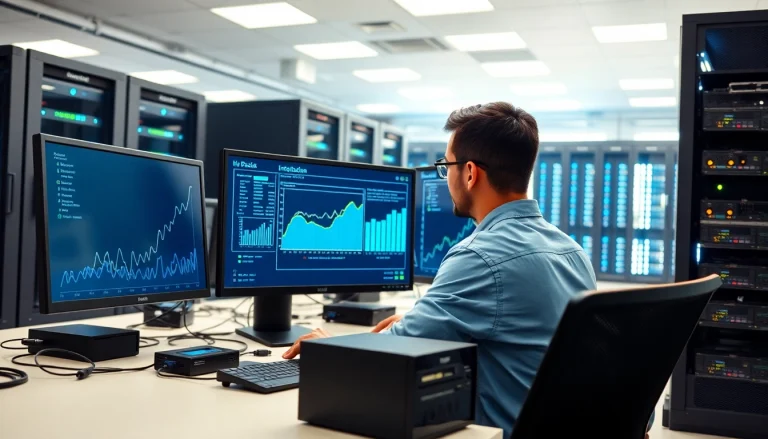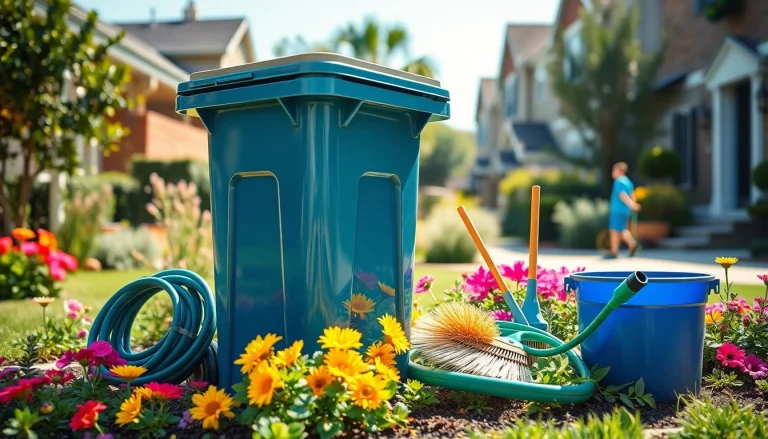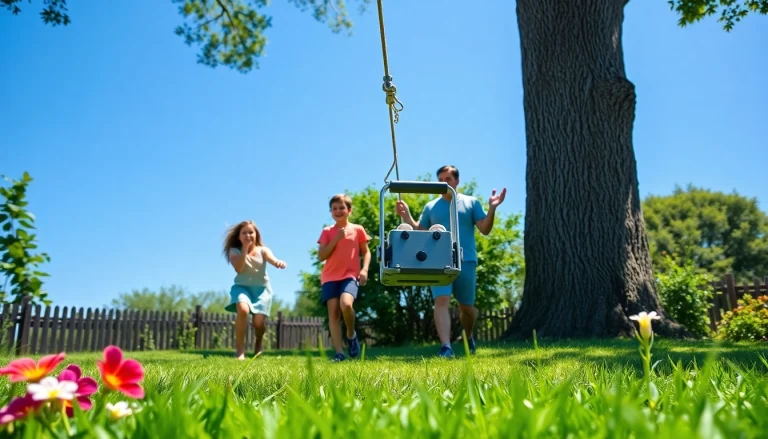
When it comes to keeping your bar operating efficiently, one of the most critical systems to maintain is your refrigeration unit. Effective bar refrigeration repair not only ensures that your beverages stay at the right temperature, but it also prolongs the life of your equipment, helps reduce energy costs, and ensures your patrons enjoy their drinks at peak freshness. In this comprehensive guide, we will dive deep into understanding bar refrigeration systems, signs of repair needs, troubleshooting tips, choosing the right repair service, and ways to maximize efficiency.
Understanding Bar Refrigeration Systems
Bar refrigeration systems are vital for keeping drinks cold, preserving perishable items, and maintaining overall operational standards. They include several components and mechanisms that work together seamlessly.
Components of Refrigeration Units
Bar refrigeration units typically consist of various components designed to cool and preserve beverages:
- Compressor: This is the heart of the refrigeration unit, where the refrigerant is compressed and circulated through the system.
- Condenser Coils: These coils release heat from the refrigerant as it cools down and transitions from gas to liquid.
- Evaporator Coils: Located inside the cooling compartment, these coils facilitate the heat exchange process, drawing warmth from the area to cool it down.
- Expansion Valve: This device regulates the flow of refrigerant into the evaporator, maintaining appropriate pressure and temperature.
- Thermostat: It monitors the temperature and ensures the refrigeration unit operates within specified limits.
Common Issues in Bar Refrigeration
Bar refrigeration systems are complex, making them susceptible to various issues. Some common problems include:
- Leaking Refrigerant: This can lead to inadequate cooling and reduced performance, requiring urgent attention.
- Dirty Coils: Dust and grime can accumulate on condenser and evaporator coils, affecting efficiency.
- Faulty Compressors: A malfunctioning compressor can cause inadequate cooling, leading to losses in perishables.
- Thermostat Issues: A faulty thermostat can lead to temperature inconsistencies, impacting food and drink safety.
Importance of Regular Maintenance
Regular maintenance is essential for ensuring that bar refrigeration systems operate effectively and efficiently. Routine checks can help prevent major failures, extend the lifespan of equipment, and optimize energy consumption. Proper maintenance includes cleaning coils, checking for leaks, inspecting belts and connections, and verifying thermostat functionality.
Signs Your Bar Refrigeration Needs Repair
Recognizing the signs that your bar refrigeration is in distress is crucial to mitigating repairs and maintaining service. Here are some of the most notable indicators:
Unusual Noises and Vibrations
A well-functioning refrigeration unit should operate relatively quietly. If you start hearing unusual noises such as clanking, buzzing, or grinding, it could indicate problems with the motor, evaporator fan, or other components. Promptly addressing these issues can prevent further damage.
Temperature Fluctuations
Inconsistent temperatures can lead to spoilage of beverages and food. If your refrigeration unit fails to maintain a constant temperature, it may be time to investigate the thermostat or compressor for potential failures.
Increased Energy Bills
If you notice a sudden spike in your energy bills, it may suggest that your refrigeration unit is working harder than it should due to inefficiencies. This could stem from dirty coils, compressor issues, or refrigerant leaks.
DIY Troubleshooting Tips
Before calling in the professionals, consider a few troubleshooting steps that can save you time and money:
Basic Maintenance You Can Perform
Some basic maintenance tasks can enhance the longevity of your bar refrigeration systems:
- Regularly Clean the Coils: Use a soft brush or vacuum to remove dust and debris from the condenser and evaporator coils.
- Inspect Gaskets: Check door seals for cracks or tears that can let cold air escape.
- Check and Clean Drain Pans: Prevent water buildup and risings issues by ensuring drain pans are watertight and clear.
When to Call a Professional
If you encounter persistent issues that basic troubleshooting doesn’t resolve, it’s time to call in a refrigeration expert. Complex problems such as compressor failures, refrigerant leaks, or electronic control failures require specialized knowledge to diagnose and repair safely.
Preventative Measures to Avoid Costly Repairs
Practicing proactive measures can help avert future problems. Consider establishing a maintenance schedule and training staff to recognize early signs of refrigeration distress.
Choosing the Right Repair Service
Finding a skilled repair service is paramount to ensuring your refrigeration unit receives the proper care and repairs:
What to Look for in a Repair Technician
When selecting a repair technician, look for the following qualifications and characteristics:
- Certification: Technicians should have proper certifications in refrigeration repair and HVAC.
- Experience: Seek professionals who have considerable experience in commercial and bar refrigeration.
- References: A good technician should be willing to provide references or testimonials from previous clients.
Questions to Ask Before Hiring
When interviewing potential service technicians, consider asking:
- What brands and types of refrigeration systems are you most experienced with?
- Can you provide an estimate before starting the job?
- What is your policy on warranties for parts and labor?
Understanding Service Costs
Being informed about potential service costs can help you better budget for repairs. Repair costs can vary widely based on complexity, parts needed, and labor involved. It’s essential to understand what is included in the service fee and how additional costs may be incurred.
Maximizing Efficiency in Bar Refrigeration
Effectively maximizing the efficiency of your bar refrigeration systems directly ties to maintaining their operational integrity and longevity:
Optimal Temperature Settings for Different Beverages
Keeping beverages at the right temperature is essential for quality. Here are some optimal settings:
- Beer and cider: 38°F to 50°F (3°C to 10°C)
- Wine: 45°F to 65°F (7°C to 18°C)
- Spirits: 55°F to 60°F (13°C to 16°C)
Tips for Energy Efficiency
To improve energy efficiency in your refrigeration equipment, consider the following strategies:
- Utilize Energy-Efficient Models: If your units are older, consider upgrading to energy-efficient models.
- Maintain Temperature Integrity: Ensure your doors close properly and consider using energy-saving features if available.
- Upgrade Insulation: Enhanced insulation reduces energy waste and helps maintain cooler internal temperatures.
When to Upgrade Your Equipment
Recognizing when to upgrade your refrigeration equipment is essential. Signs include:
- Frequent repairs and service calls
- Increased energy consumption without improved performance
- Incompatibility with newer technologies, such as remote monitoring
In conclusion, maintaining and repairing bar refrigeration systems is crucial for any bar owner’s operational efficiency and customer satisfaction. By understanding the components of your equipment, recognizing the signs of distress, and knowing when to call in professionals, you can ensure successful and ongoing performance. Remember, regular maintenance and energy-saving practices not only enhance the life of your units but also contribute positively to your bottom line.






